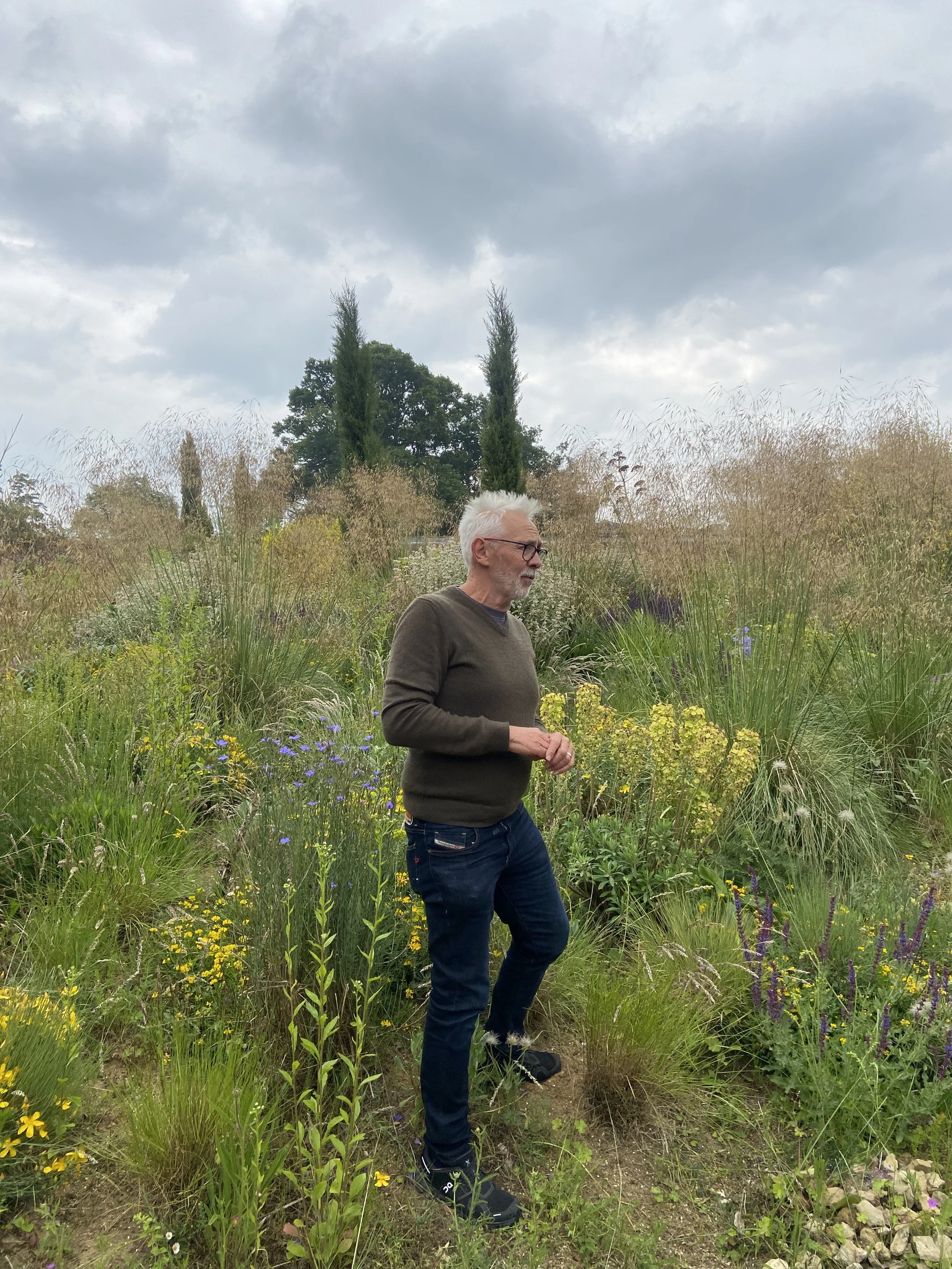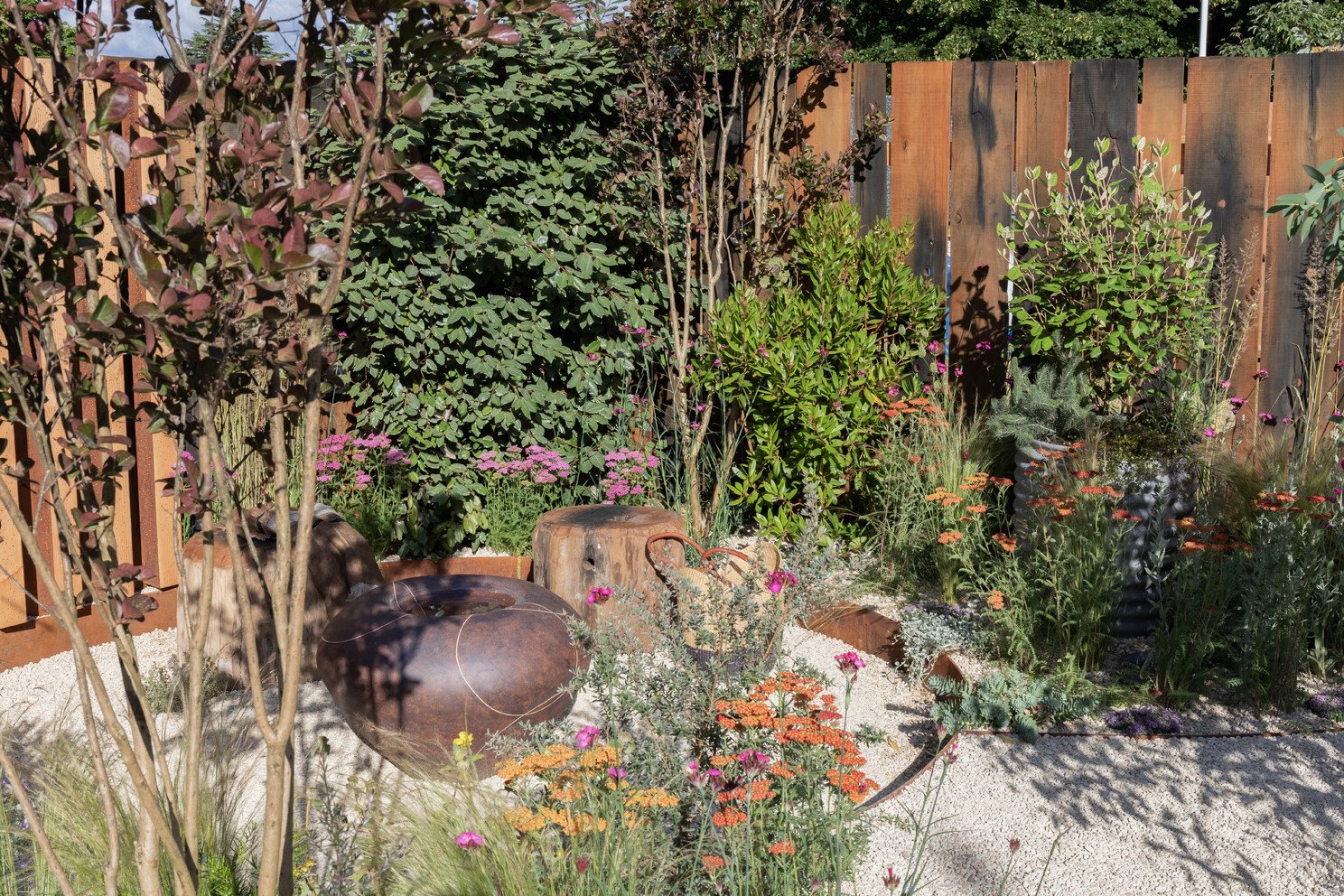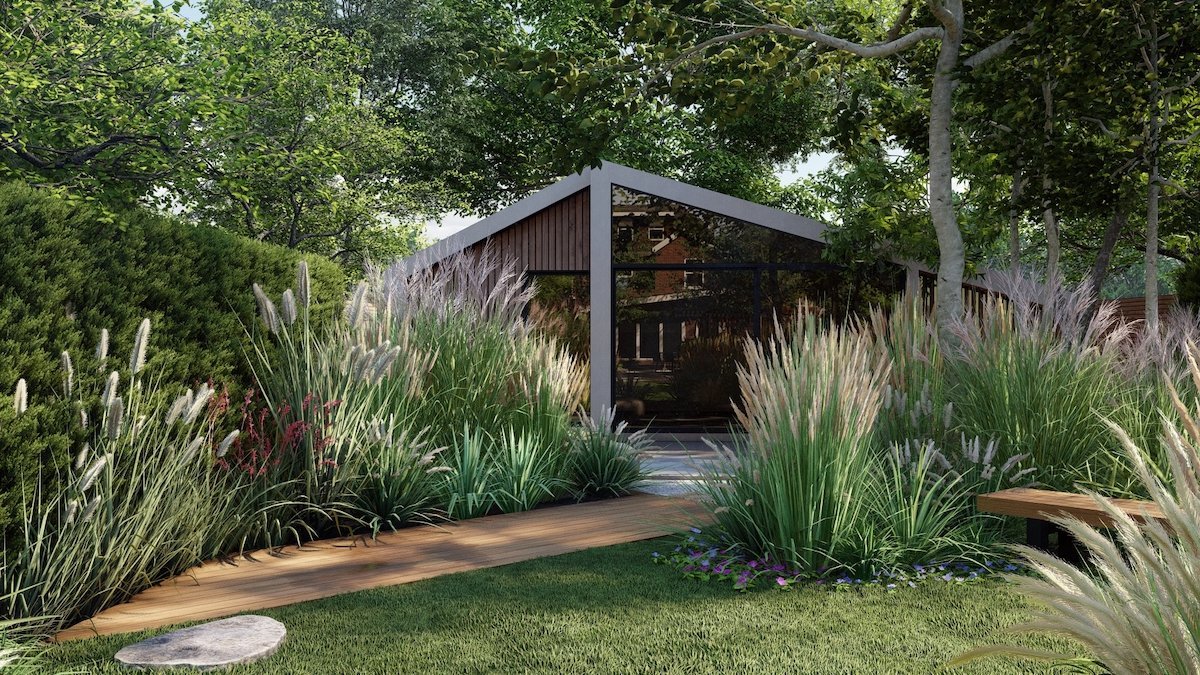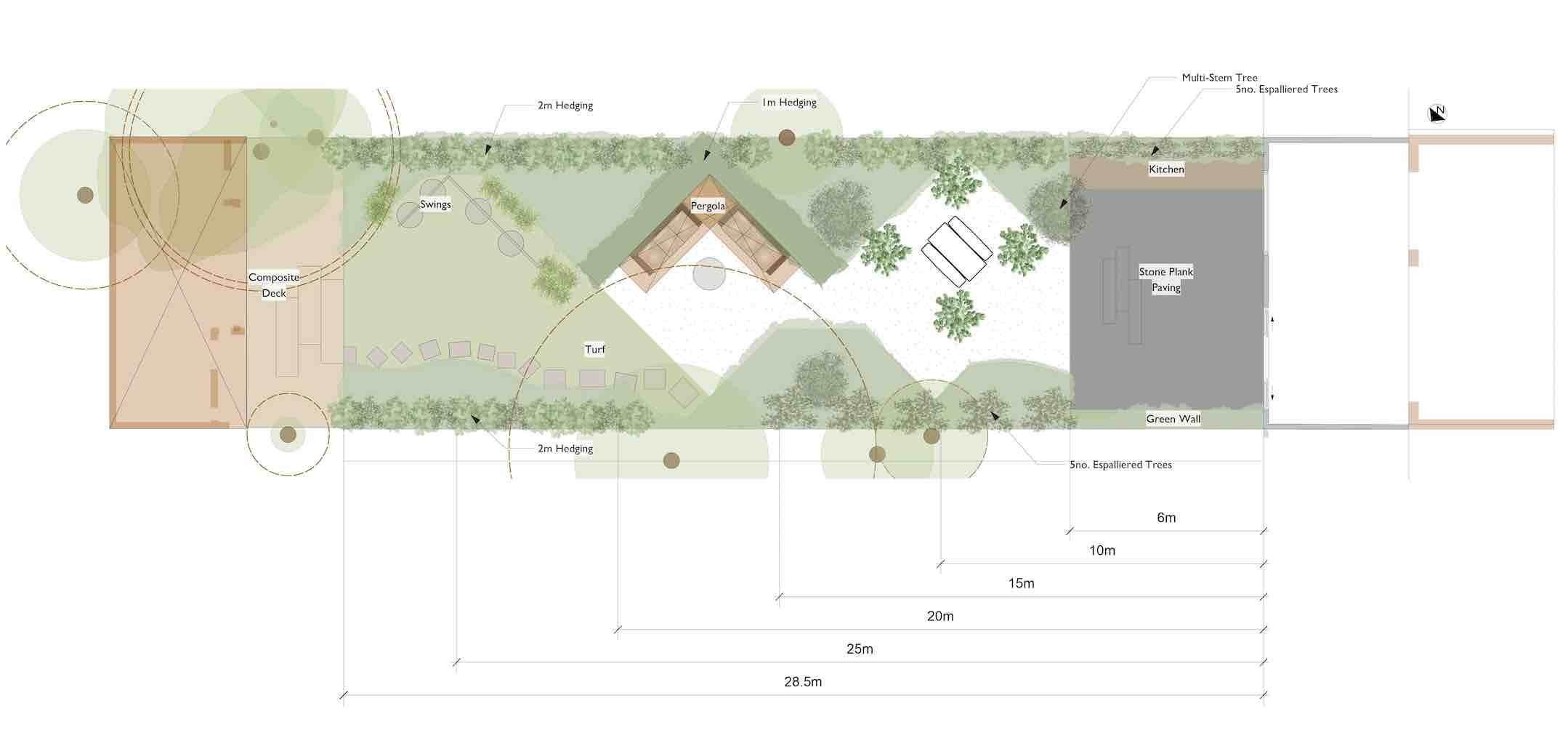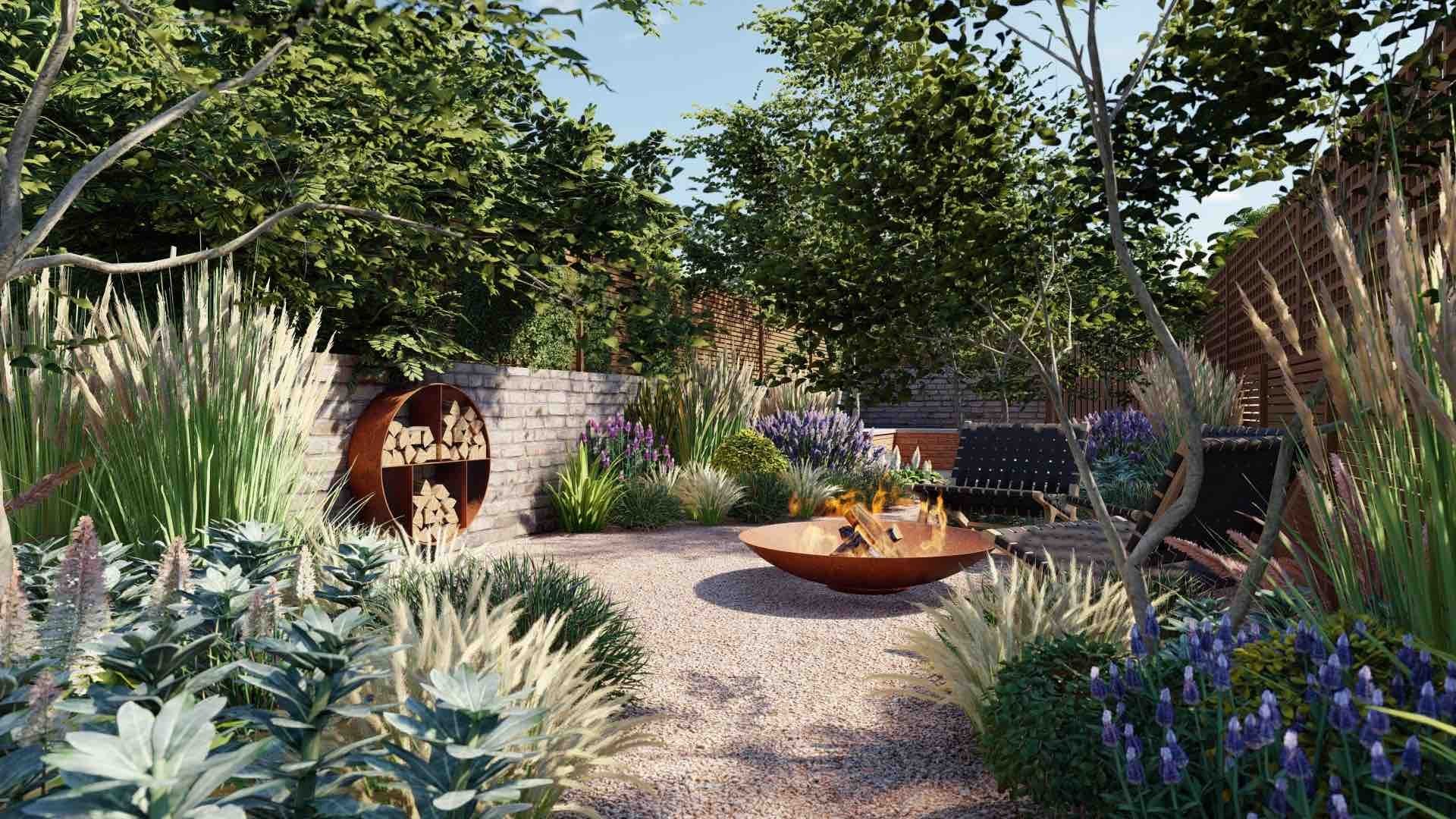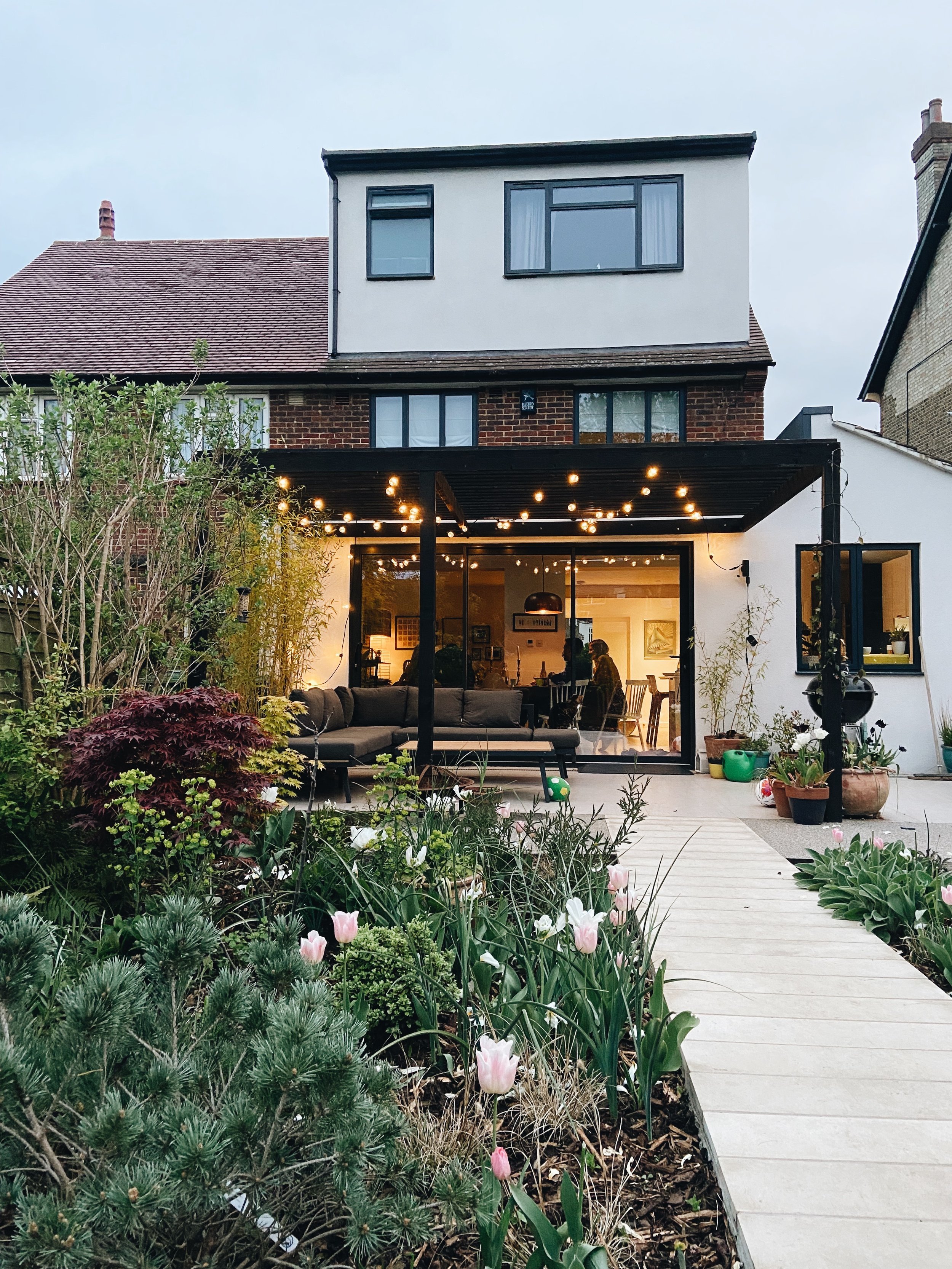Building Soil Health from the Ground Up - Supporting the Soil Biome
It’s what lies below that counts when we want success on the surface.
When establishing naturalistic wildlife gardens on large properties, success begins in the soil, and in a twist to the way we have been taught to think about plant health.
The Melanie Hick Garden Design approach is not soil health as an afterthought. It's the foundation upon which every ecological landscape is built.
Prioritising essential microbiology over chemical inputs, we take the twist on our learned thinking to start seeing that it’s what the roots of our precious plants are nestled in that matter more than any plant fertiliser we may have been conditioned to buy from stock stores or hardwares.
Feed the soil, and we feed the plants.
Understanding the Soil Food Web
The soil biome, like the gut, is a complex ecosystem of bacteria, fungi, protozoa, nematodes, and microarthropods working in concert to cycle nutrients, suppress disease, and create the conditions for resilient plant communities.
The Soil Food Web can briefly be described as the network of organisms in soil that breaks down organic matter and cycles nutrients, creating a healthy ecosystem for plant growth.
Kombucha for soil
Alongside me at RHS Hampton Court in 2024 was Eddie Bailey and his fantastic CompBucha and Biocharged compost.
I am a huge fan of the gutbiome and kombucha, popularised by Dr Tim Spector and Dr Sarah Berry. So I was very much open to this approach for soil. CompBucha is a neat play on my favourite drink and compost, which aligns with our studio values. Creating living soil systems rather than pouring synthetic fertiliser onto inert growing medium is one way we establishing large-scale wildlife gardens.
This can be helped by adding BioCharged Compost's CompBucha liquid drench, adding biological richness and diversity to connect plants to the soil food web, giving them the structure for optimal root growth.
You may not know that Traditional commercial composts often fail because they've been sterilised, killing the very organisms that make soil function.
Many commercial horticultural composts contain sterilised organic matter and synthetic NPK fertilisers. In contrast, this soil food web methodology focuses on rebuilding the microbial communities rather than adding something on top.
Enriched BioChar For Microbial Diversity
You may have heard of BioChar. All charcoal is of course biological, but adding enriched biochar adds to plant health, lowers the need for watering and creates stronger plants.
Enriched Biochar, and we make sure it is enriched, serves as a long-term home for beneficial microbes, improving nutrient retention and carbon sequestration—both critical for climate-forward garden design.
When establishing prairie-style plantings or perennial meadows across extensive grounds, this approach creates soil that improves year after year rather than degrading.
The structure of hardwood char is really fascinating, and when we introduce it on your site, we will take a good look under a microscope and show you now.
Environmental Responsibility at Scale
Working on large properties demands environmental accountability. BioCharged's peat-free and chemical-free activated compost is available in reusable hessian sacks, which avoids the carbon footprint, distribution costs, and plastic packaging associated with commercial composts.
Long-term Soil Regeneration
For clients undertaking multi-year landscape transformations, building soil health is an investment that compounds over time. Biologically-rich amendments establish the microbial communities that continue cycling nutrients, suppressing pathogens, and improving soil structure long after initial planting. This is particularly valuable for naturalistic gardens designed to be self-sustaining with minimal intervention.
Results include better germination, disease resistance, resistance to insects, and greater yield. This translates directly to more robust wildflower meadows, healthier native plantings, and landscapes that genuinely support wildlife rather than merely decorating around habitat features.
At Melanie Hick Garden Design, every project begins with understanding what lives beneath the surface. By prioritising soil biome health through approaches like biologically activated compost, large-scale wildlife gardens become true ecosystems—resilient, self-regulating, and capable of supporting biodiversity for generations.


